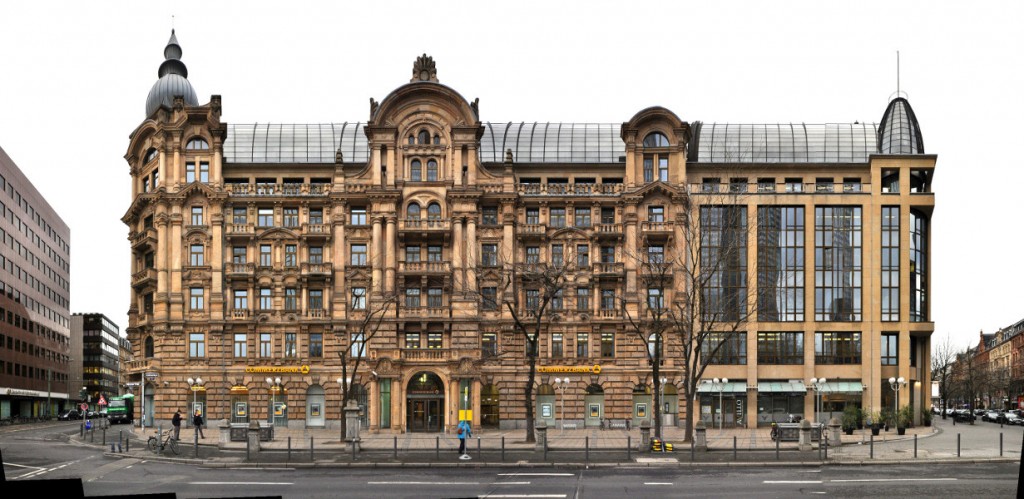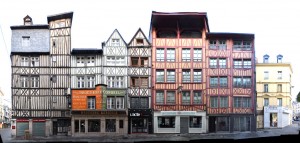Frankfurt am Main [italian: Francoforte sul Meno], first mention as Franconofurd in 794, but probably inhabited since the Romans. Frankfurt is situated ca. in the middle of the line Brussels – Prague and about 400 km south of Hamburg. It is the largest city (but not the capital) of the german state Hesse, the 5th largest in Germany and the 48th largest in Europe.
Population: 733.000 [2015] | 645.000 [1990] | 541.000 [1930] | 289.000 [1900]
Frankfurt had been one of the most important cities in the Holy Roman Empire ever since the division of Charlemagne’s Frankish Empire in 843. From 1147 to 1792 most german kings and emperors were crowned in Frankfurt. The city became a free imperial city in 1220 and kept this status till Napoleon. After a brief period of dependance it was a free city again until it was annexed by Prussia in 1866. Frankfurt gained a status as an important trade fair city as early as the 13th century and it established an early currency exchange system in the late 16th century. Today it is the leading financial centre of continental europe, a leading trade fair city and a significant cultural and commercial centre, including central europe’s busiest airport.
This linear panorama view depicts the northern shore of the river Main from the Bankenviertel (banking district) on the left along the central old town of Frankfurt up to the Alte Brücke (old bridge) on the right. Prominent features are the banks skyscrapers on the left, which form the basis for all classic skyline images of Frankfurt, in the centre of the panorama we see the towers around the central square Römerberg and further to the right we see the large Frankfurt Cathedral (german: Kaiserdom St. Bartholomäus). One main feature is missing from this view however, in the middle the river is crossed by the Eiserne Steg bridge, a pedestrian connection to the south bank. See our archive version for more infos, backgrounds and an explanation of the bridge’s dissapearing.
Click for larger view:
For classic view and more infos about the place (german link):
We documented more streets and places, which can be seen in our Frankfurt overview.
Some of these examples:
Römerberg | City Hall | Nikolaikirche (unfinnished)
Gallusanlage (unfinnished)















